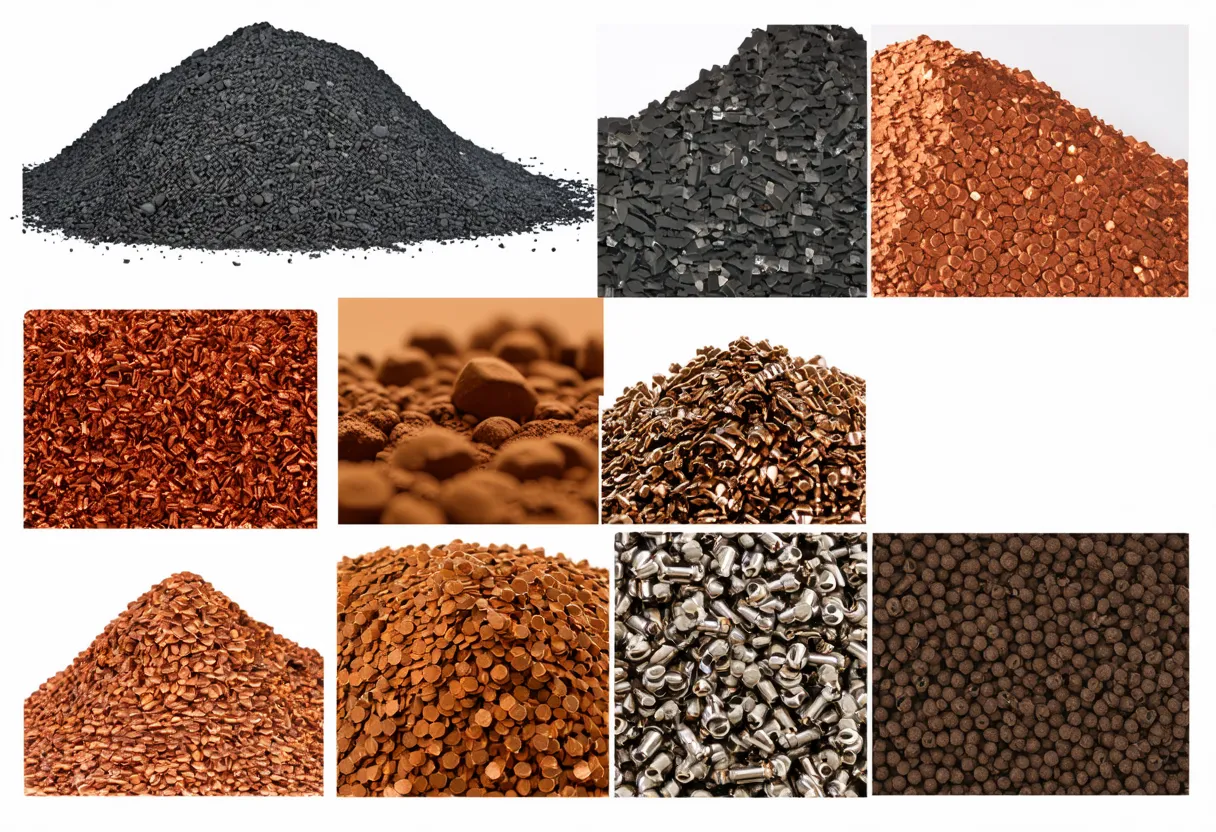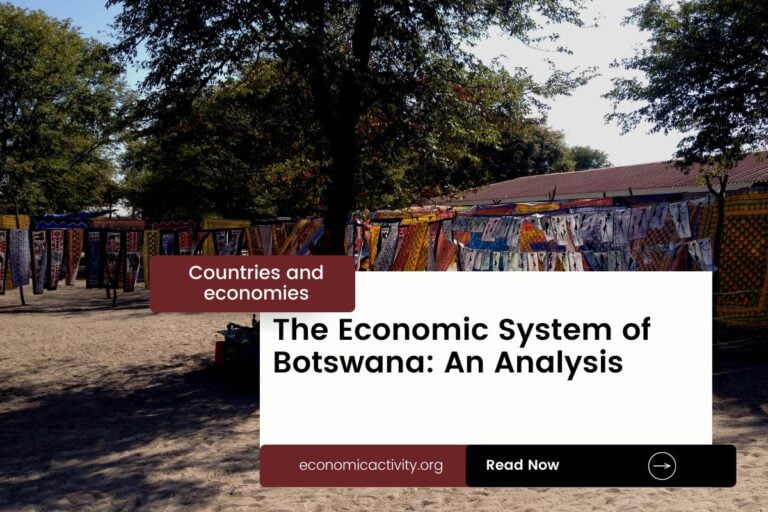Mozambique, with a population of 32,969,518, is ranked 47th in the world, just behind Ghana. Located in southeastern Africa, it covers a total area of 799,380 square kilometers, ranking 33rd globally, just below Namibia.
Mozambique’s economic position in 2022 is marked by a GDP of $18,406,835,954.67, ranking 123rd globally. It falls behind Burkina Faso, which has a GDP of $18,820,064,797.84. The GDP per capita in Mozambique is $558.30, placing it at 181st in the world. It lags behind Niger, with a GDP per capita of $585.40.
Despite facing challenges, Mozambique is striving to improve its economic standing and foster growth in various sectors to enhance the well-being of its citizens.
What are the economic activities of Mozambique?
- Primary activities: 23.9% of GDP.
- Secondary activities: 19.3% of GDP.
- Tertiary activities: 56.8% of GDP.

Primary Sector of Mozambique
The primary sector in Mozambique, predominantly agriculture, thrives due to its favorable climate and abundant natural resources. Agricultural land covers 52.66% of the country, with main products including cassava, sugarcane, maize, tomatoes, and sweet potatoes.
Despite contributing 23.9% to the GDP, agriculture plays a crucial role in the economy. The diverse range of crops and animal products sustains the agricultural sector, ensuring food security and livelihoods for many Mozambicans.
With a diverse geological landscape, Mozambique boasts abundant natural resources like coal, titanium, natural gas, hydropower, tantalum, and graphite. These resources play a crucial role in driving the country’s economy through mining, energy production, and export industries.
Mozambique’s natural gas production of 5.7 billion m³ in 2020 solidifies its position as the 50th largest producer globally, contributing significantly to the country’s economic growth.
Secondary Sector of Mozambique
What is the secondary sector or what are secondary activities?
The secondary sector involves industries that transform raw materials into finished products for consumption. In Mozambique, the main industrial products include aluminum, petroleum products, chemicals (fertilizer, soap, paints), textiles, cement, glass, asbestos, tobacco, food, and beverages. These products are manufactured for domestic consumption and export, contributing to the country’s economy.
Manufactures make up only 7.33% of Mozambique’s total exports in 2023, indicating their relatively low significance in the country’s export economy.
Tertiary sector of Mozambique
What is the tertiary sector or what are tertiary activities?
The tertiary sector in Mozambique encompasses various services where individuals provide knowledge and time to enhance productivity and meet needs. This sector involves intangible goods such as advice, expertise, and attention, catering to both consumer and business-to-business needs. Key tertiary activities in Mozambique include healthcare and medical care, education and training, banking and finance, tourism and hospitality, transportation and logistics, and communication and information exchange.
Notably, Mozambique’s economy heavily relies on tourism, contributing significantly to its GDP. With over 2 million annual arrivals, popular destinations like the Quirimbas Archipelago and Bazaruto Archipelago attract visitors for their pristine beaches and diverse marine life. Tourism plays a crucial role in Mozambique’s development, accounting for 6.17% of its population’s annual arrivals.
Another example of tertiary economic activity is the mobile cellular sector, with approximately 13.9 million subscriptions, fostering technological growth. This connectivity enhances communication, supports businesses, and drives innovation.
Military Activities and Economic Sectors of Mozambique
The military is a clear example of various economic activities working together. In the primary sector, resources are extracted for military use. The secondary sector involves manufacturing military equipment. The tertiary sector includes services provided by the military, while the quaternary sector focuses on research and development. Finally, the quinary sector deals with high-level military decision-making and strategy.
In Mozambique, the military expenditure for 2023 is $376.4 million, which is 1.50% of the country’s GDP. The active military force consists of 11,200 personnel, resulting in 0.4 active military members for every 1,000 people in the population.
International Trade of Mozambique
Import Activities of Mozambique

Mozambique’s import activities are crucial, accounting for 125.50% of its GDP in 2023, totaling $23 billion, driving economic growth and meeting domestic demand.
Mozambique’s key import activities include acquiring ships, refined petroleum, iron alloys, chromium ore, and refined copper. Its major import partners are South Africa (23%), South Korea (20%), China (12%), India (10%), and the Democratic Republic of the Congo (5%).
Exports Activities of Mozambique

Mozambique’s export activities are of high importance, constituting 44.96% of its GDP in 2023, with total exports amounting to $8.28 billion. This signifies a significant contribution to the country’s economic growth and stability.
Mozambique’s main export partners are India, South Africa, South Korea, Italy, and China. The country primarily exports coal, aluminum, coke, natural gas, and gold.
Mozambique economy challenges in 2024
Mozambique faces challenges in 2024 with its low-income economy heavily reliant on subsistence farming. The return to growth is led by agriculture and extractive industries, but an Islamist insurgency threatens natural gas projects in the north. Ongoing foreign debt restructuring under the IMF’s HIPC initiative adds to the country’s struggles.




Leave a Reply